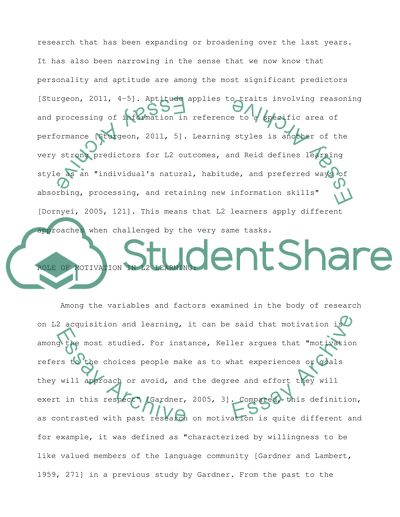Cite this document
(“Psychology of language learning Assignment Example | Topics and Well Written Essays - 3000 words”, n.d.)
Retrieved from https://studentshare.org/psychology/1427292-psychology-of-language-learning
Retrieved from https://studentshare.org/psychology/1427292-psychology-of-language-learning
(Psychology of Language Learning Assignment Example | Topics and Well Written Essays - 3000 Words)
https://studentshare.org/psychology/1427292-psychology-of-language-learning.
https://studentshare.org/psychology/1427292-psychology-of-language-learning.
“Psychology of Language Learning Assignment Example | Topics and Well Written Essays - 3000 Words”, n.d. https://studentshare.org/psychology/1427292-psychology-of-language-learning.


